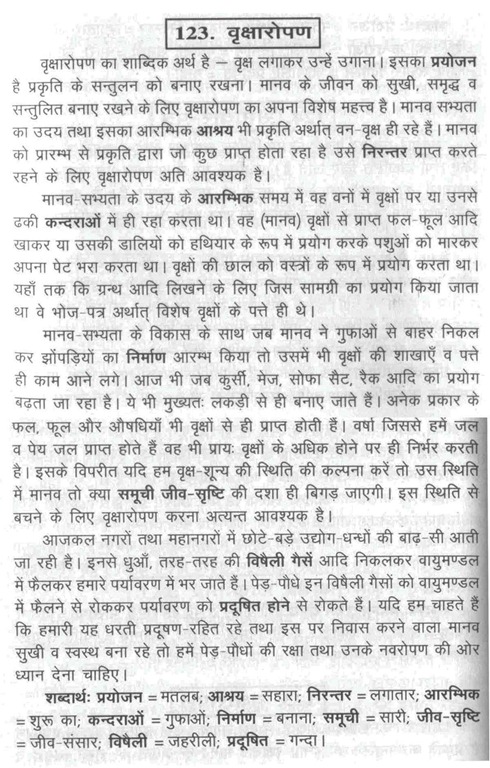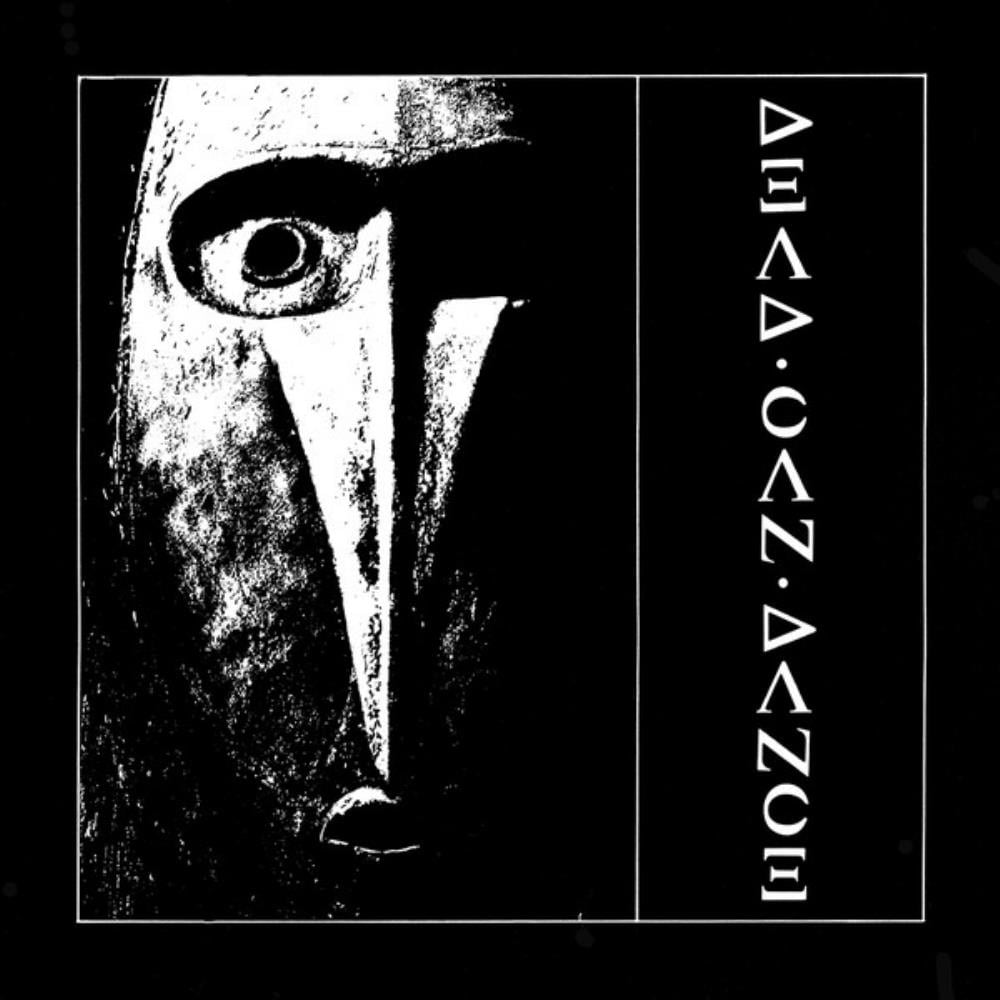How To Read A Research Paper By T Greenhalgh 1997.
Marquez Chambers found the answer to a search query how to read a research paper by t greenhalgh 1997 You are not allowed to view links. Register or Login You are not allowed to view links.
How to read a paper Papers that go beyond numbers (qualitative research) Trisha Greenhalgh, Rod Taylor What is qualitative research? Epidemiologist Nick Black has argued that a finding or a result is more likely to be accepted as a fact if it is quantified (expressed in numbers) than if it is not.1.

Articles by Greenhalgh, T. Home Help Search Archive Feedback Search Result Author Keyword(s) Vol Page (Advanced) Search BMJ 1997;315:243-246 (26 July) Education and debate How to read a paper: getting your bearings (deciding what the paper is about) Trisha Greenhalgh, senior lecturer a.

Trisha Greenhalgh. Reviewer: Terrence T. Shaneyfelt, MD (University of Alabama at Birmingham)Description: The book sequentially outlines the steps in finding, reading, and using a research paper.Purpose: To help the reader find, read, and interpret medical research papers is the purpose of the book.Audience: Clinicians, nurses, medical.

Required reading in many medical and healthcare institutions, How to Read a Paper is a clear and wide-ranging introduction to evidence-based medicine and healthcare, helping readers to understand its central principles, critically evaluate published data, and implement the results in practical settings.Author Trisha Greenhalgh guides readers through each fundamental step of inquiry, from.

Greenhalgh T. Papers that go beyond numbers (qualitative research). In: How to read a paper. The basics of evidence based medicine. BMJ Publishing Group, 1997. Dept. of General Practice University of Glasgow. IS THIS PAPER WORTH READING? 1. Did the article describe an important clinical problem addressed via a clearly formulated question?

Education and debate How to read a paper Getting your bearings (deciding what the paper is about) Trisha Greenhalgh The science of “trashing” papers It usually comes as a surprise to students to learn that some (perhaps most) published articles belong in the bin, and should certainly not be used to inform.

How to Read a Paper is one of the bestselling texts on evidence-based medicine, used by health care professionals and medical students worldwide. Trisha Greenhalgh's ability to explain the basics of evidence-based medicine in an accessible and readable way means the book is an ideal introduction for all, from first year students to experienced practitioners. This is a text that explains the.

How to Read a Paper is one of the bestselling texts on evidence-based medicine, used by health care professionals and medical students worldwide. Trisha Greenhalgh's ability to explain the basics of evidence-based medicine in an accessible and readable way means the book is an ideal introduction for all, from first year students to experienced practitioners.

Trish Greenhalgh is an internationally recognised academic in primary health care and trained as a GP. She joined the Department in January 2015 after previously holding professorships at University College London and Queen Mary University of London. As co-Director of the Interdisciplinary Research In Health Sciences (IRIHS) unit, Trish leads a.

It is compiled by the National Library of Medicine of the United States and in 1997 was thought to have included around 30-40% of the 10 million biomedical articles that had been published. 1 Encompassing articles published since 1946, Medline currently indexes citations from approximately 5,600 biomedical journals in 40 languages. 806,000 citations were added in 2015 alone. 2.

Researchers must read papers for several reasons: to re-view them for a conference or a class, to keep current in their eld, or for a literature survey of a new eld. A typi-cal researcher will likely spend hundreds of hours every year reading papers. Learning to e ciently read a paper is a critical but rarely taught skill.

Greenhalgh, T. (1997) How to read a paper: the basics of evidence-based medicine, London, BMJ Publishing Group. Hammersley, M (1993) 'On the teacher as researcher', in M. Hammersley (ed) Educational Research: current issues, London, Paul Chapman.


